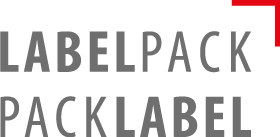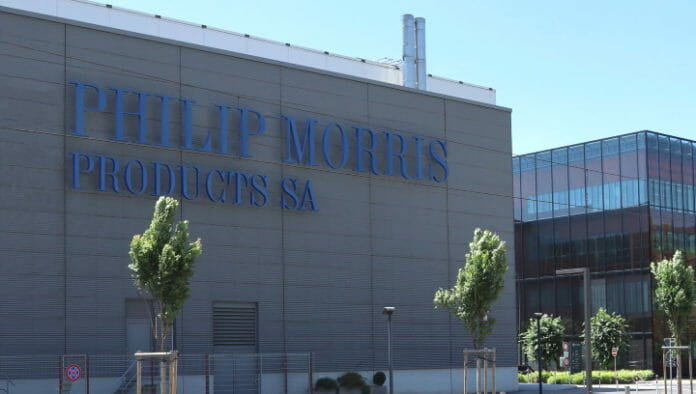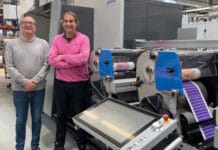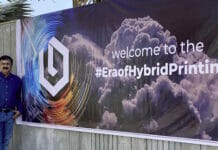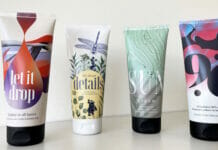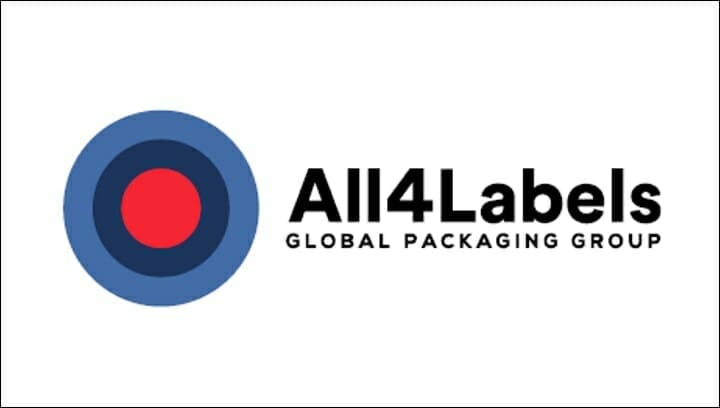Dieter Finna (Click here for the German version)
Philip Morris International (PMI) has set itself a clear goal to create an agile supply chain with »Best in Class« responsiveness to the needs of its customers by setting an ambitious target to reduce the time to market from four months to 7 days. Digital printing will be a key enabler to achieve this objective and accelerate the availability of packaging materials for production. At PMI’s Innovation Development Center in Neuchatel/CH, a team led by Andreia Fontes, Director Printing & Converting, has been exploring, testing and mastering digital printing on folding carton for almost two years now. In an interview with pack.consult (click here), Andreia Fontes explains many questions surrounding PMI’s entry into digital printing.

Ms. Fontes, why has PMI started this journey by defining and implementing a digital printing solution in-house rather than joining forces with a partner in the printing industry?
That was not our first option. When we realized how digital printing could help us change gears towards supporting our smoke-free future vision* and reduce our time to market from weeks to days, we immediately engaged with our printing & converting suppliers to understand how quickly we could make the technology commercially available. All of them told us the same thing: »digital printing has the potential but it will take some time until the technology is developed to a point where it is financially viable for large volumes and meets your quality expectations”. We saw the opportunity and we wanted it badly. We could not just sit and wait – we tried to get the industry to drive its development but because things were not advancing as fast as we needed them to, we decided to go ahead and do it ourselves. 2 years later here we are – we’ve proven it can be done and we’re ahead of the game.
What was your selection criteria applied to allow you to partner with Gallus / Heidelberg and chose the Labelfire technology platform?
The selection process went through many stages of assessment: from technology readiness to the ability to produce high quality packaging, taking in consideration important aspects for us like print finishes, speed, flexibility and cost. We knew there was no solution readily available to print and finish our packaging materials fully digitally in one go and for us it didn’t make sense to separate the printing from the finishing. We partnered with Gallus/ Heidelberg because they offered us a hybrid integrated solution, which allows us to compensate the shortfalls of digital when it comes to embellishments. In other words, we print the colors digitally and embellish our packs with flexo finishing – at least until those features are commercially available digitally!
As PMI transforms offering consumers smoke-free products*, your packaging is also transforming to accommodate this new and exciting journey. Which finishing techniques are critical for Philip Morris and which can already be digitally implemented?
We use various finishing features in our packaging materials that today are still done in the conventional way to assure the right premium quality of our finished products. We are exploring several digital finishing options to meet our portfolio needs, concentrating on laser, tactile varnishes and other novel technologies that will enable us to achieve a fully digital printing & converting solution in the future, including die-cutting and embossing.
Last year in December a laser cutting and creasing unit was integrated into the line to explore digital finishing. Have you already been able to gain insights into this technology and how it can prove itself?
As already mentioned, laser is one of the technologies we are exploring and it is a perfect solution to integrate additional design effects such as cut-out shapes. We are very happy with the results achieved so far and see a great potential of its application going forward in a fully digital end-to-end solution.
At the last »Digital Print for Packaging« conference (December 2018) in Berlin/D, PMI announced that later this year, a digital line will be installed in one of its production facilities. Is the machine equipment already established?
Indeed last year Tony Snyder, our VP Product Portfolio Management and Deployment, gave a view into our strategy and direction at the conference in Berlin. As we speak we are gearing up to start production of digitally printed packaging materials in one of our factories. This is not only a massive achievement and the result of the passion, dedication and hard work of the whole team who have been working on it for the last couple of years but also another step forward in our journey to transform the way folding carton premium packaging materials are produced.
As we mentioned at the beginning of this interview, you started this ambitious journey on your own. Can you explain if and how you could see integrating your packaging printers back into the value chain?
Packaging printers didn’t go out of the value chain – we still source most of our printed materials from them. What we are doing with digital is an acceleration of what will become sooner or later another way of printing large volume premium packaging. We want it sooner and that’s why we are in the driving seat, developing it for our products. Given the excellent results achieved so far, for us clearly there is no way back – digital printing will continue playing a key role in our ambition to unsmoke the world and we want it to become commercially available as an alternative to gravure and offset printing.
* Smoke-free products is the term PMI uses to refer to products that present, are likely to present, or have the potential to present less risk of harm to smokers who switch to these products versus continued smoking. PMI has a range of smoke-free products in various stages of development, scientific assessment and commercialisation.
